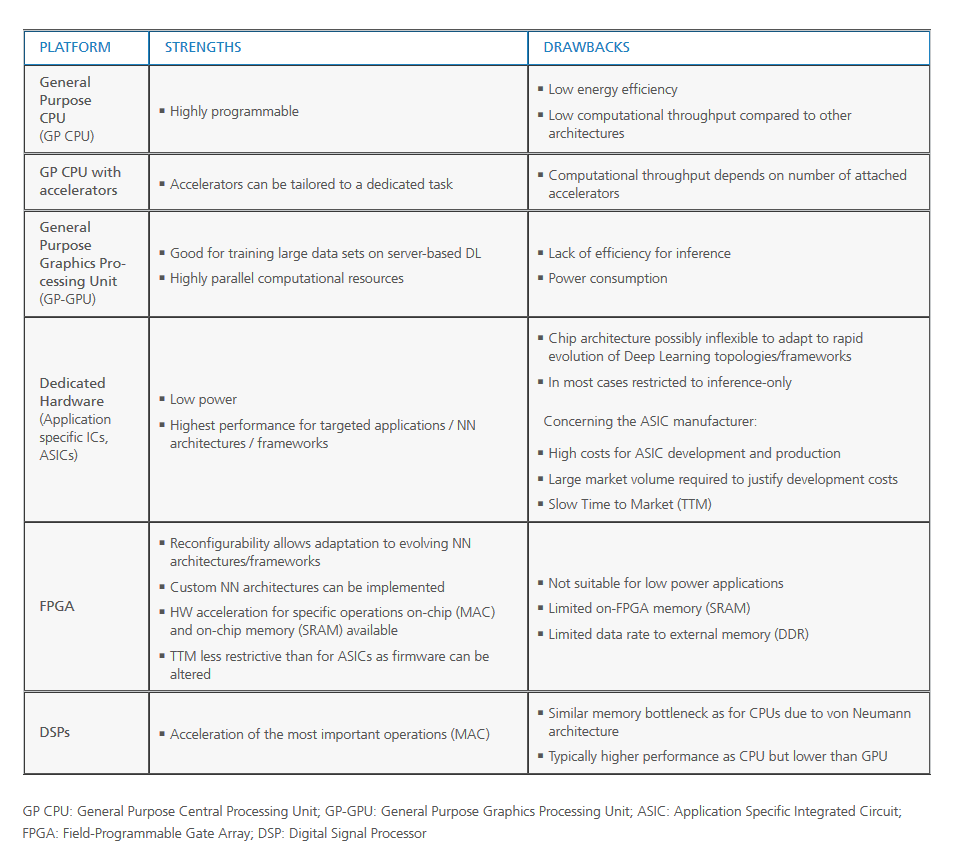What is neuromorphic hardware?
Neuromorphic hardware uses specialized computing architectures that reflect the structure (morphology) of neural networks from the bottom up: dedicated processing units emulate the behavior of neurons directly in hardware, and a web of physical interconnections (bus-systems) facilitate the rapid exchange of information. This concept is inspired by the human brain, where biological neurons and synapses work together in a similar way. Specialized neuromorphic devices are less flexible than universal central processing units (CPUs), but offer exceptional performance and energy efficiency during the training and inference for deep neural networks.
Why neuromorphic hardware?
Conventional computers implement the so-called von Neumann architecture, which comprises processing cores that sequentially execute instructions, and process data stored in some centralized memory. This means that the computing performance of such systems is limited by the data rate, which can be transferred between the processing unit and an external memory unit (von Neumann bottleneck). With more and more demanding applications, the interest in high-performance computing has shifted towards increased parallelism in the form of multi-core architectures. However, the ability to parallelize computations is fundamentally bounded by the access to shared memory resources. Recent advances in deep learning test these limits, because the highly parallel structure of deep neural networks requires specific distributed memory access patterns that are difficult to map efficiently onto conventional computing technology. Neuromorphic hardware addresses this challenge and helps to give artificial intelligence (AI) to devices and systems.


